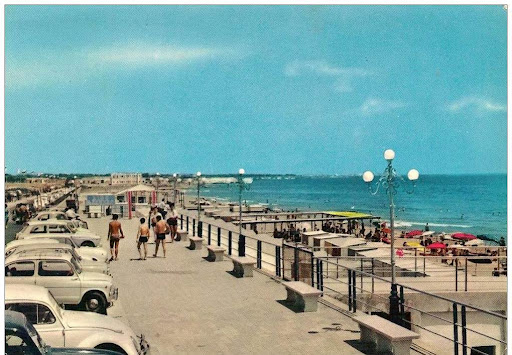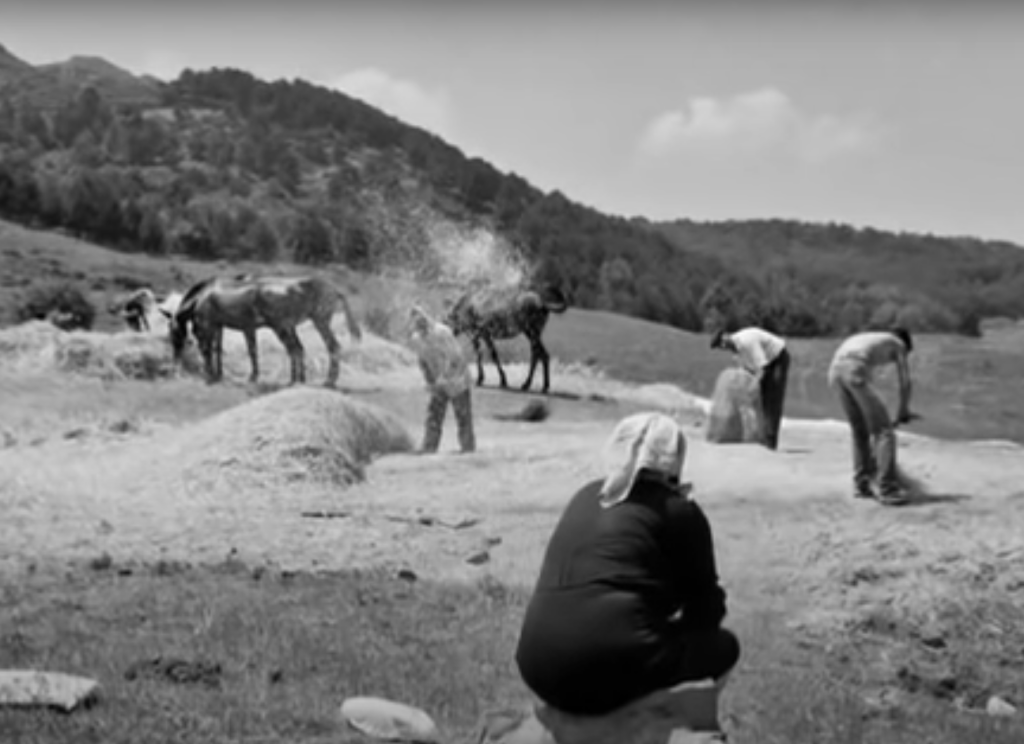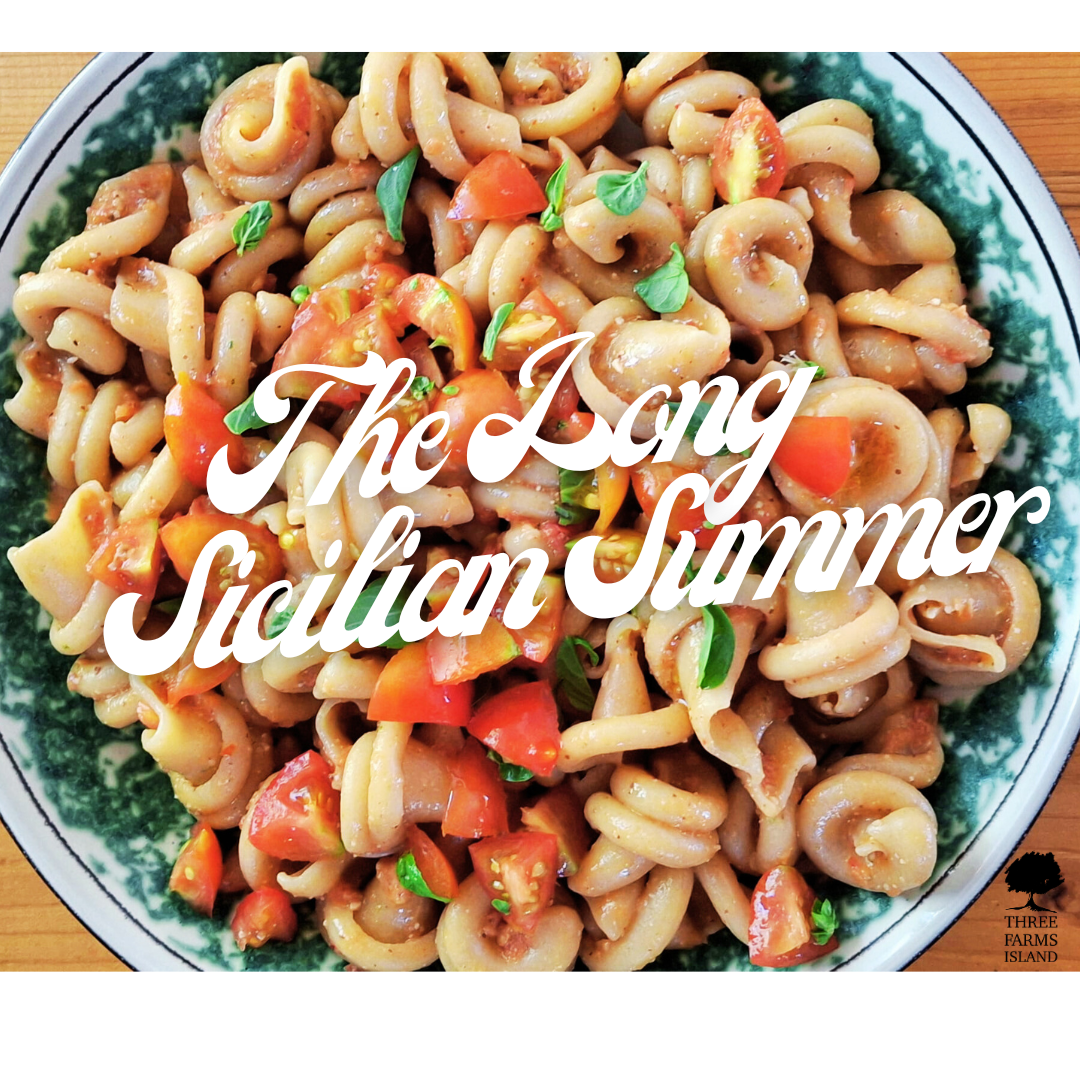Between seaside holidays and hard work in the countryside
In Sicily, summer seems to never end. The sun rises early in the morning and stays high until late in the evening, lighting up the fields and warming the stones of old farmhouses. The Sicilian summer is long, intense, and full of contrasts: on one side the lightness of the seaside holiday, the beaches, and modern services; on the other side the slower rhythm of the countryside, where every day is marked by the hard work of the land.
The beaches of Sicily have become true icons for Italian holidaymakers: from Taormina to Noto, to Cefalù to Mondello, Sciacca and the Scala dei Turchi, some of the most famous beaches in Sicily attract travelers for their natural beauty and crystal-clear waters. To this we add the islands – the Aeolian, the Egadi, Pantelleria, and Lampedusa – dream destinations that make every vacation in Sicily unforgettable. Here, as in the rest of Southern Italy, the sea is the symbol of summer, sunshine, and freedom. Lets go a bit more deep on this.
Summer holidays: after industrialization
With the economic boom after World War II and the arrival of paid holidays, summer in Sicily took on a new meaning. Families began moving toward the coast, seaside resorts became a symbol of modernity and fun, and towns emptied while the beaches filled with colorful umbrellas. The very concept of a “vacation” mostly for Italians was born here: free time, relaxation, beaches.
For many decades, summertime in Sicily also meant returning home. Families who had moved to Northern Italy for work would come back to their villages, filling the streets with life, laughter, and reunion. About twenty years ago, something changed: more and more travelers began to discover the beauty of Sicilian beaches, making them loved – and in August, often crowded.
If you enjoy the sea and plan well, August can still be a beautiful time. But if you are looking for authenticity and quieter days, the long Sicilian summer stretches well beyond that month, offering unforgettable weeks to remember.

Summer in the countryside: slowness and hard work
But in the countryside, summer has always been something different. It is the season of harvest, of relentless heat, of long hours spent in the fields caring for vineyards, olive groves, and orchards.
The summer calendar is marked by very precise agricultural tasks, always starting at dawn to escape the strongest hours of the sun:
- June: the wheat harvest.
- July: almonds and carobs.
- August and September: grapes, with the beginning of the grape harvest.
- September: olives, picked with the first autumn breeze.

Farmers worked (and still work) from early morning until midday, resting during the hottest hours. This is why authentic Sicilian villages truly come alive at sunset: in the evening, the streets are full of families, children playing until late at night, while houses slowly release the heat stored during the day, offering a little coolness.
These villages are still genuine and not overly touristy. Between two and four in the afternoon – sometimes even until five – shops are closed and streets remain silent. It is a suspended time that tells the real life of Sicily, where communities still follow the rhythm dictated by the sun and the work of the fields.
Living the long Sicilian summer today
At Three Farms Island, we love to share this double soul of the Sicilian summer: the hospitality of the sea and tourism on one hand, and on the other the agricultural work that continues to give life to our gardens and our kitchen. Today, the long summer in Sicily becomes an experience to live:
- Cooking classes in Sicily using fresh vegetables harvested directly from the garden.
- Farm to table experiences
- Walks through the fields to discover the resilient plants that thrive under the Sicilian sun.
For us, summer is not only vacation time, but also a season of work that turns into celebration when food reaches the table and becomes a moment of sharing.

